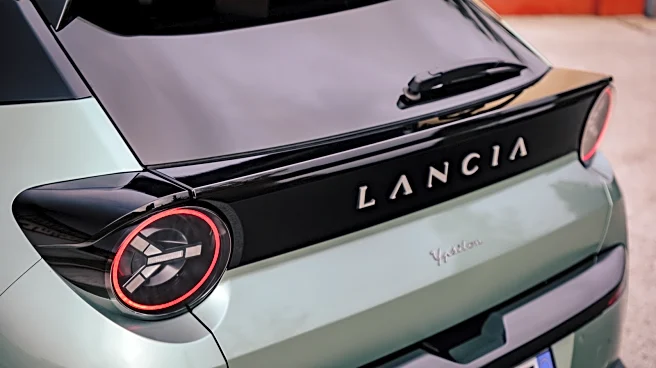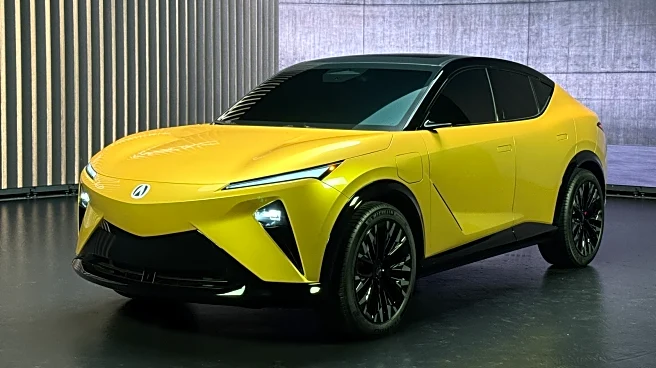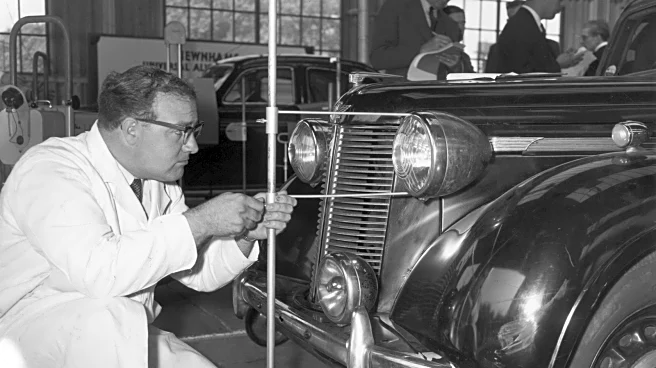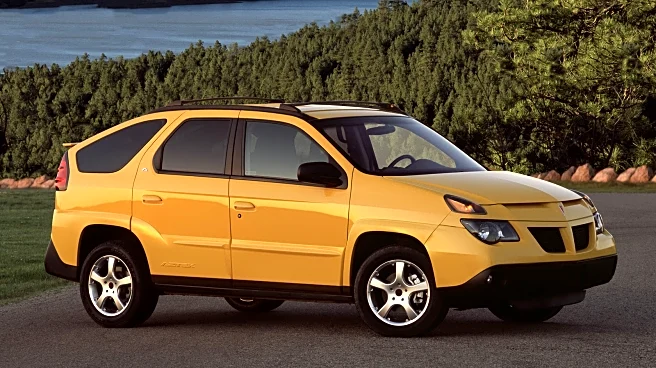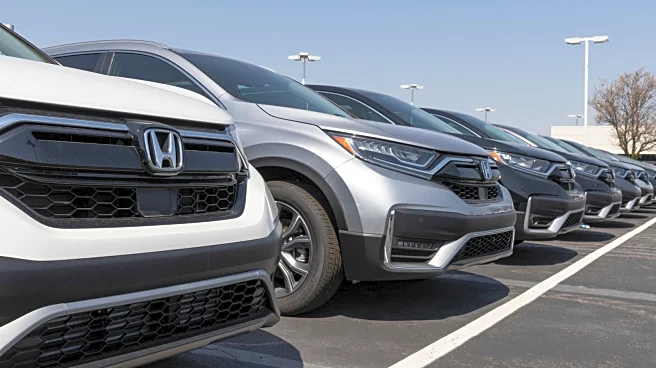
Think back to science class in school. You were taught that the Earth is a gigantic sphere with a thin layer of atmosphere over it. Despite what Flat Earthers claim, the air we breathe does not need a container, for gravity itself is the container. (If you need reminding we live on a globe, watch livestreams of the Earth from the ISS and witness the curve.)
Despite the edge of space having a name (the Kármán line), there isn't a hard, defined delineation between "air" and "no air", but more a general
area around 50 to 62 miles up where air density is so low, aircraft can't stay aloft. Air pressure drops the farther from Earth's surface we travel, and while the pressure at sea level is 14.7 pounds per square inch, it's only about 60% of that on top of Pikes Peak in Colorado.
Cars need air just like people do, but the symptoms of altitude sickness present differently between you and your Honda. While you'll get dizzy, nauseous, and weak, your car will just get weak. The general rule is that every 1,000 feet you climb, your car loses 3% of its horsepower. A 300 hp 1995 Mustang Cobra R at sea level, for instance, will only make 210 hp at 10,000 feet. If you're going to drive at high altitudes for any length of time, owners of older carbureted cars (or new carburated cars for you fans of Cobra and 356 replicas) will have to rejet your carbs, among other modifications, to compensate for vaccum pressure drops.
Read more: These Are Your Favorite Factory Exhaust Designs
Get Back Your Stolen Horsepower With Forced Induction

Even if those oxygen atoms don't want to enter your car's combustion chambers, they won't have much of a choice if you've got a turbocharger or supercharger. At least, forced induction makes it possible to get the conditions necessary to compensate for altitude-related power loss. Unfortunately, turbochargers and superchargers are unintelligent pieces of machinery, and will produce boost willy-nilly if allowed. To make up for power losses at higher elevations, one of two scenerios has to happen.
In scenario one, the engine uses strict computer controls to monitor every aspect of performance so it can compensate for air-pressure variance. The vehicle must be able to compare throttle position and engine speed, know if the engine's running too rich or too lean, and control how much pressure to release from the wastegate, if any. Turbo wastegates regulate boost pressure, which is awesome because you don't want wild boost to destroy expensive parts. (And yes, you can use a wastegate with a supercharger; Motor Trend reports that Stenod Performance has done it with centrifugal superchargers.)
In scenario two, the turbocharged or supercharged car is set up to operate at a given altitude permanently. If, say, you're running a supercharged car at 10,000 feet, you can swap pulleys to change the amount of boost going to your engine so you have the same power as your sea-level friends. The math-inclined among you can even figure out how much boost you need with the Performance Trends Blower Boost Calculator.
If You See 85 Octane, Don't, Just Don't

Air heats up as it's compressed, and in gasoline engines, this can become a problem. Between piston compression and spark plug ignition, pockets of the air/fuel mixture can explode when and where they feel like. The higher the compression ratio, the more likely this is to happen. This phenomenon is called knock, detonation, or ping. Sure, severe knock might sound like harmless, distant, crackling, but it can crack pistons or blow head gaskets.
Thankfully, gasoline with increased octane ratings prevents knock in high-compression engines, and even lets your Ford EcoBoost engine actually make its advertised horsepower. Octane isn't a substance or an additive, it's a rating of a fuel's stability and its resistance to unwanted combustion.
As elevation increases, less oxygen is making it into your engine, which means the chances for knock goes down. So, your engine can have compression that would be quite high at sea level (say, 12:1), but with the decreased oxygen content, it wouldn't need high-octane fuel, because the atmosphere itself will reduce the compression ratio. So, in some of America's more elevated locations, fuel stations will carry 85 octane gas. If your car's going to make less power anyway, why not take fill it with cheapo gas, right?
No, don't do it! Modern computerized engines are designed for specific operating windows, and if 85 isn't in that window, you're asking for trouble (it certainly isn't in Ford's case). Low-octane 85 is a byproduct of an era when carbureted engines handled it just fine, but that era is over. So do your car a favor. Should you ever take a road trip over a mountain, feed it with the octane rating it deserves.
Want more like this? Join the Jalopnik newsletter to get the latest auto news sent straight to your inbox...
Read the original article on Jalopnik.





